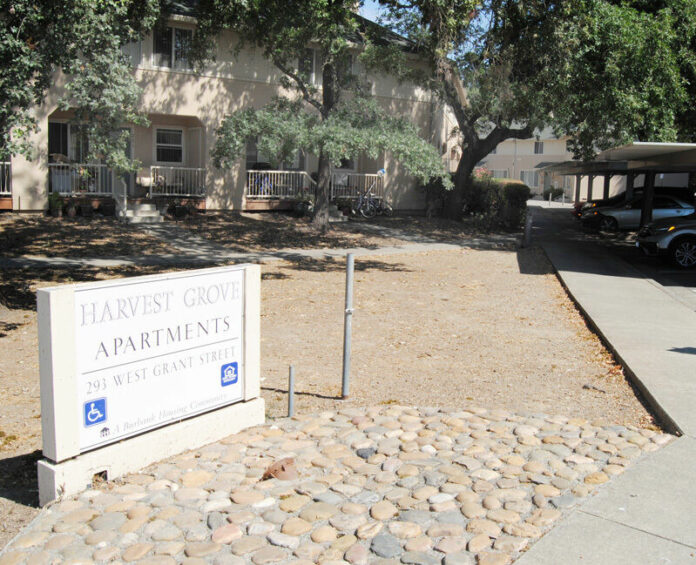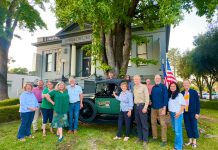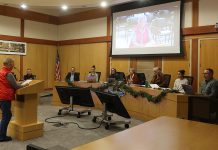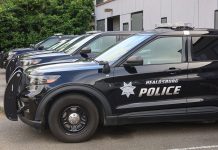Shortage of affordable housing adds to workforce hiring woes, some employers say
Prompted by recent questions from local employers seeking housing for their workers, the Healdsburg Chamber of Commerce and the city hosted an online housing forum Thursday to share a local housing market overview and reminders about current city-led policies and affordable housing projects scheduled to be built in the next few years.
It’s no secret that Healdsburg’s expensive housing and other high costs of living can be obstacles for low and middle income workers seeking to live closer to their Healdsburg-based hospitality, service and agricultural jobs. According to city statistics, only 17.5% of those workers currently live in town with the remainder facing daily commutes from less expensive housing markets as far away as Cloverdale, Santa Rosa and farther. Only 11% of the city’s 4,796 housing units are priced in the moderate or below range, putting affordable rental and market housing out of reach to more than half (51%) of working households.
“The need is daunting,” City Manager Jeff Kay told the two dozen local business and community leaders during the one-hour Zoom presentation. “But, as someone who recently came here, I can say from an outsider’s perspective that Healdsburg has a strong track record (of adding affordable and worker housing) compared to other parts of the Bay Area. Healdsburg has good (housing) partners and recent good success. But we are nowhere near claiming victory.”
Members of the chamber of commerce’s board of directors have fielded stories from local employers about troubles hiring enough workers due to the lack of affordable housing. This problem persists even as the city has met and exceeded state-mandated new housing construction for the past eight years.
“The challenge is we need to continue to build housing across all the levels to meet the ongoing demand,” said Stephen Sotomayor, the city’s housing director.
The city currently has affordable housing goals that are higher than the state-mandated Regional Housing Needs Allocation (RHNA) and has a goal to provide affordable housing to a minimum of 30% of its local workforce.
Working with partners such as the nonprofit Burbank Housing and private developers, the city has an eight-year goal to add 868 housing units in very, low, moderate and above moderate levels.
Housing affordability is determined by the Area Median Income (AMI) level ($76,900.) Low income is 80% of the AMI and very low is 50%. These income levels make workers and families eligible for various housing subsidies, mostly from federal sources.
The average price of sold homes in Healdsburg is $909,540, reported Sotomayor. To be rated affordable, a family would need to earn $175,000 per year. Healdsburg has a very high (95.5%) occupancy rate for all levels of housing prices. Kay said right now “there is a waiting list to get on the waiting list” to apply for subsidized and below-market rate housing.
“The reality of housing in Healdsburg is it’s very difficult,” said Amanda Hernandez, of Corazón Healdsburg, where she serves as associate director of social-economic impact. “It’s great to have partners like Burbank Housing,” she told the attendees. Corazón provides outreach and support to both employers and workers seeking housing solutions.
“We help with any language barriers and we coach for self-advocacy,” she said.
Bonnie Maddox, of Burbank Housing, said their waiting list is so long it has been cut off so people don’t feel like they are waiting for years to make a housing application. Burbank manages 69 projects with 3,200 units throughout Sonoma County, including a half dozen in Healdsburg.
Healdsburg’s affordable housing “pipeline” continues to flow with new projects now under construction or set to break ground by 2024. These include 70 moderate, low and very low units at The Mill District, which broke ground earlier this month. Another 77 affordable units will be part of the North Village development at the north end of Healdsburg; the Saggio Hills development will include 112 below-market housing units and an apartment project being led by Burbank Housing at 155 Dry Creek Road will include 57 affordable units, to be completed.
The city will begin a series of public sessions as early as September to update its Housing Element to its General Plan, Sotomayor said on Thursday.









